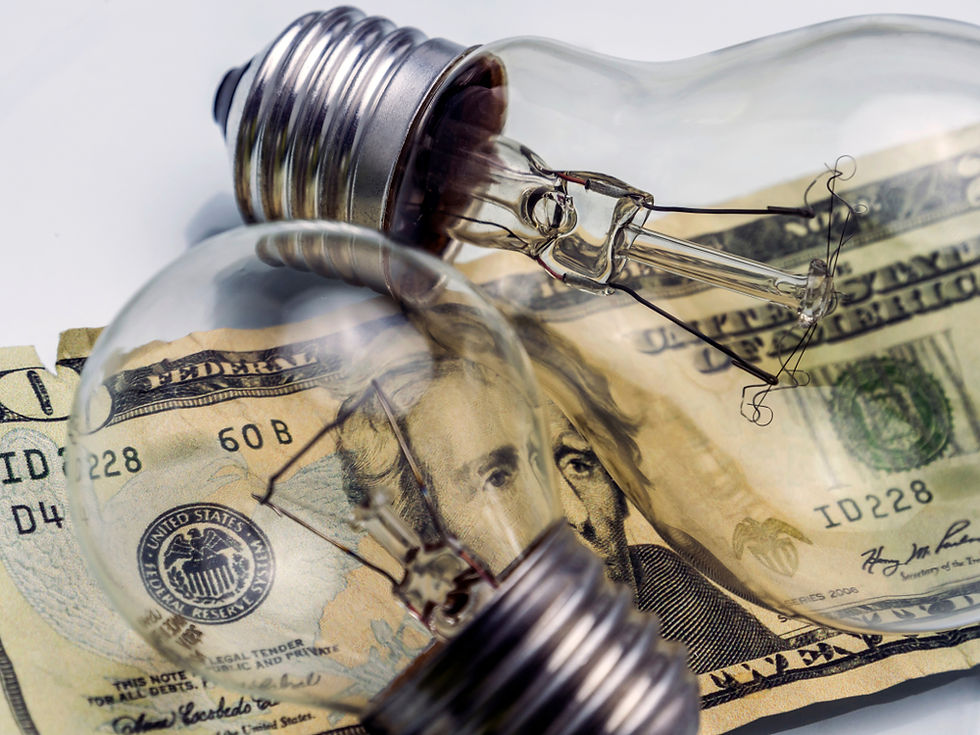Energy Bill Assistance Guide
- Nick T.

- Sep 27, 2023
- 2 min read

Foreword
The average American household spends over $100.00 on their electric bill each month. Due to inflation and rising fuel prices, it's tougher than ever to afford a hefty energy bill. Thankfully, the government has enacted energy sustenance programs to assist individuals with low income. If home energy expenses are taking a large portion of your monthly earnings, these support options can help you minimize costs.
LIHEAP Overview
The Low Income Home Energy Assistance Program (LIHEAP) assists households with low incomes in meeting their immediate home energy needs. The program helps with heating and cooling costs, as well as weatherization and energy-related home repairs. LIHEAP is intended for households with a high home energy burden, and households with elderly individuals, disabled individuals, or young children.
LIHEAP Eligibility
LIHEAP funds are distributed to states, territories, and tribal organizations, which administer the program according to federal guidelines. In order to qualify for LIHEAP, you must meet specific income requirements set by the grant recipient. For a family of four, you must have an annual household income that does not exceed $45,000 before taxes. If you or a family member patriciate in SNAP, SSI, or TANF, you may be automatically eligible.
LIHEAP Benefits
If you qualify for LIHEAP, you will receive a grant to cover a portion of your electric bill. LIHEAP grantees are afforded a high level of flexibility in their programs. Therefore, benefits vary depending on which state or territory you reside. Additionally, benefits may vary in relation to weather conditions, household size, income, and fuel type. Need money to pay your bills? This site provides up to $25 per survey response.
LIHEAP Application Process
In order to check your eligibility, contact your state’s LIHEAP office. Depending on your state or territory, there are limits on how many applications you can submit in a given program year. In most cases, these programs are run on a first-come, first-serve basis, so don’t delay your application.
WAP (Weatherization Assistance Program)
In addition to supplementing your bill, LIHEAP works in conjunction with WAP to provide households with increased weather resistance. If you participate in WAP, your home will be audited to determine the most effective methods for reducing energy consumption. This may include insulation, weather stripping, furnace or air conditioning replacements, and other home improvements.
Conclusion
While these programs can be helpful in a pinch, it’s important that you take steps to reduce your home energy expenditure on your own. Keep your appliances clean and turn them off when not in use. Be aware of your air conditioning usage. When you change your daily behaviors, you might be surprised at how much you save!






Comments